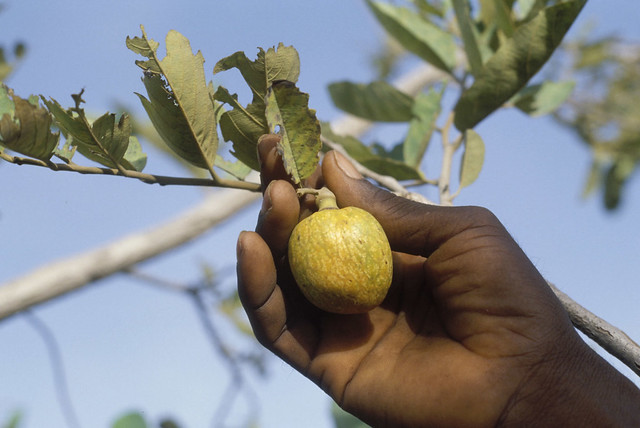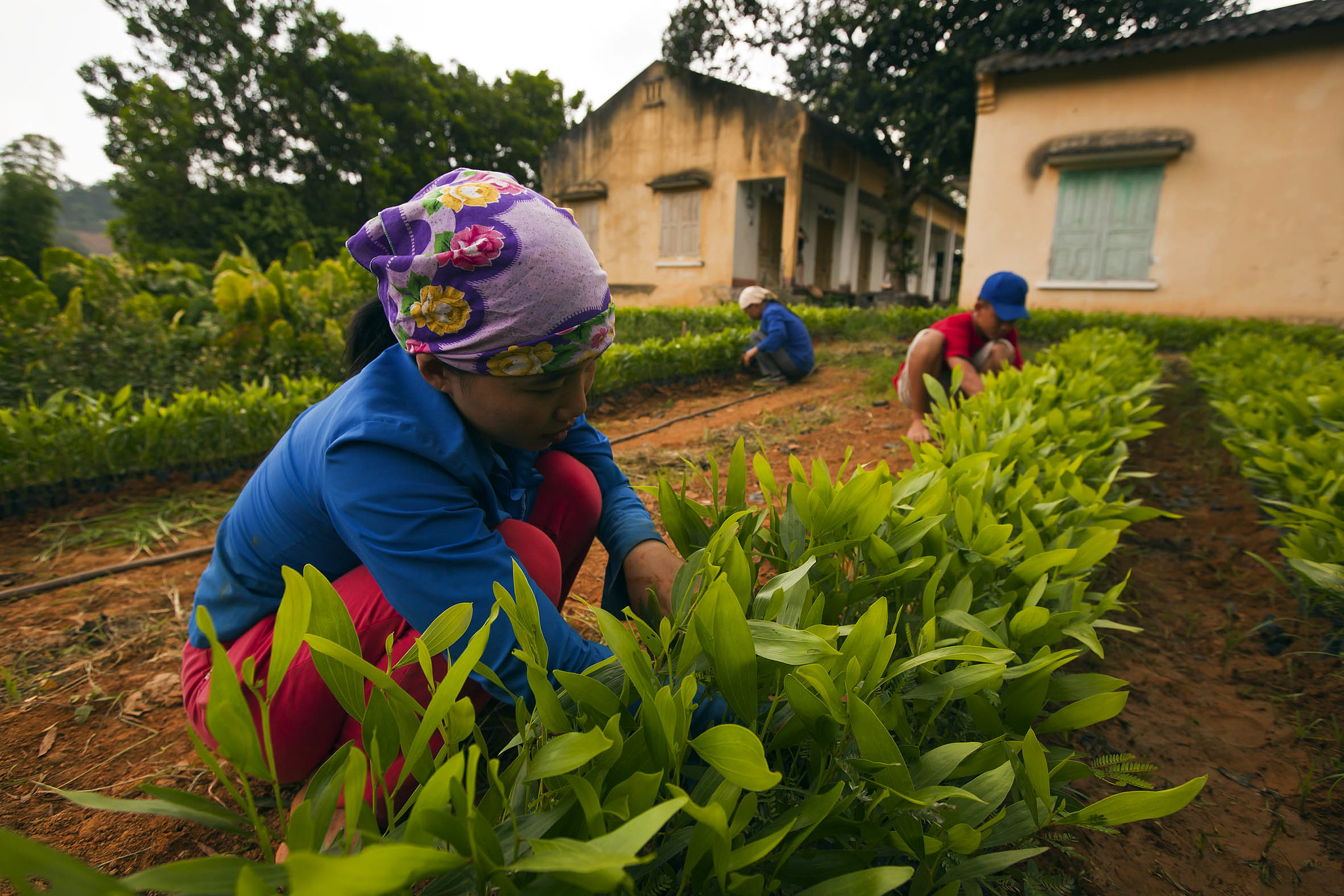(Joan Manuel Baliellas @FAO)
The global rate of deforestation was estimated to be 10 million hectares per year between 2015 and 2020, with nearly 90 percent of forest loss between 2000 and 2018 driven by agricultural expansion. A recent study also found that the global food system produces as much as one-third of global greenhouse gas emissions. These alarming statistics highlight the need to ramp up global efforts to make food systems more sustainable and to better understand and manage trade-offs between agriculture and forestry. Taking action to remove forest conversion from agricultural value chains offers significant potential to achieve climate mitigation, enhanced livelihoods and food security.
The global community has begun to focus on halting deforestation from agriculture commodities and transforming food systems as a key solution to turning the tide on deforestation. Discussions of integrated landscape approaches, climate finance opportunities and tools that may be used to assess and mitigate forest risks throughout agricultural supply chains are growing as countries, international organizations and private businesses take measures to increase the adoption of more sustainable and equitable practices. The UN Food Systems Summit and a set of Independent Dialogues organized by FAO and the Ministry of Agriculture, Forestry and Fisheries of Japan provided a space for countries to exchange on these topics.

(Roberto Faidutti @FAO)
Inclusive forest-positive agriculture through integrated landscape approaches: the role of government
Governments can play a key role in transforming food systems to halt deforestation and contribute to positive impacts on forests through four key areas: 1) enabling environment and enforcement of legality; 2) transparent data and collaborative monitoring frameworks; 3) capacity development and knowledge generation; and, 4) incentives and markets for forest-positive agricultural products.
Mexico, for example, has developed cross-sectoral polices such as the Sustainable Forestry Development Law to reduce deforestation and forest degradation related to agriculture and to promote territorial development in forested areas. Territorial planning has also been implemented in parts of Brazil to strengthen sustainable agriculture and land use and to inform the selection of appropriate landscape management tools. This has supplemented robust law enforcement and command-and-control measures which have kept forest cover relatively stable in the areas of implementation. In Côte d’Ivoire, national and local level strategic planning, including the National REDD+ Strategy and regional plans for Green Growth and Zero Deforestation Agricultural Production, provide a framework for sustainable cocoa production, land use and multi-stakeholder engagement.
The experiences shared prove that there is a role for government in halting agriculture-related deforestation; that policy alignment and cross-sectoral collaboration is vital; and that integrated land use planning creates enabling conditions for sustainable public and private investments (essential to transforming food systems).
De-risking agriculture supply chains: including forests in due diligence processes
While the importance of public leadership in creating sustainable food systems cannot be overlooked, actions taken by the private sector are also essential. Companies can integrate forest issues into responsible business practices and policies, particularly through due diligence processes. Among others, the European Commission has proposed to incorporate due diligence into new legal measures that will address deforestation risks associated with products available on the EU market.
The Cocoa and Forests Initiative is a prime example of public-private partnerships using responsible business practices to address agriculture-related deforestation. This and similar initiatives, like the Zero-deforestation Agreements in Colombia, highlight the shared responsibility of industry and government to achieve food systems transformation.
Corporate due diligence processes can push for the identification of shared goals among actors and common tools and platforms to encourage collaboration that drives change. Public labelling, as developed by Costa Rica, can further enhance market benefits for committed companies, facilitating consumer support for forest-positive business practices.
Climate finance opportunities to foster forest-positive agriculture
Emerging climate finance opportunities will play a significant role in scaling up forest-positive agriculture. To meet global climate, biodiversity and land degradation targets, investments into nature-based solutions must scale up, increasing four-fold by 2050. Innovative finance strategies can close the financing gap. Key actions include: 1) policy coherence; 2) pursuit of new investment mechanisms; 3) strategic use of public investments to strengthen enabling conditions; 4) de-risking of private investment and mobilization of additional finance; 5) carbon markets/REDD+ results-based finance; and 6) redirection of private sector investments to forest-positive agriculture.
Examples from the public and private sectors show growing efforts to implement these actions, particularly through REDD+ results-based payments (RBP). Argentina, for example, encourages the strategic coordination and implementation of the national plan for forest management with integrated livestock. This includes the use of REDD+ RBP proceeds to reduce competition and manage trade-offs between livestock farming and forest. The Indonesia Environment Fund has used various financial instruments (blended finance, grants and loan expenditures) to support environmental public-interest activities. Canadian investment fund Fondaction, has seen growing interest in nature-based investments and recognizes that government support – to strengthen the enabling environment and create incentives – encourages investments. Concessional finance, which financial mechanisms such as the Green Climate Fund can provide, can also help to leverage private investments.
In addition to the UNFSS, important commitments and pledges were made at COP26 including the Glasgow Leaders’ Declaration on Forests and Land Use and the Forests, Agriculture, and Commodity Trade roadmap. The momentum to remove deforestation from agricultural commodities remains high. Countries, supported by international initiatives and programmes such as UN-REDD, donors, the private sector and local communities now need to take bold steps to turn these commitments into practical actions.
Authors
Naoko Takahashi, Associate Professional Officer, FAO Naoko.Takahashi@fao.org
Kristin DeValue, Integrated Land Use Specialist, FAO Kristin.DeValue@fao.org
Caroline Merle, Forestry Officer, FAO Caroline.Merle@fao.org
Serena Fortuna, REDD+ Team Leader, FAO Serena.Fortuna@fao.org






